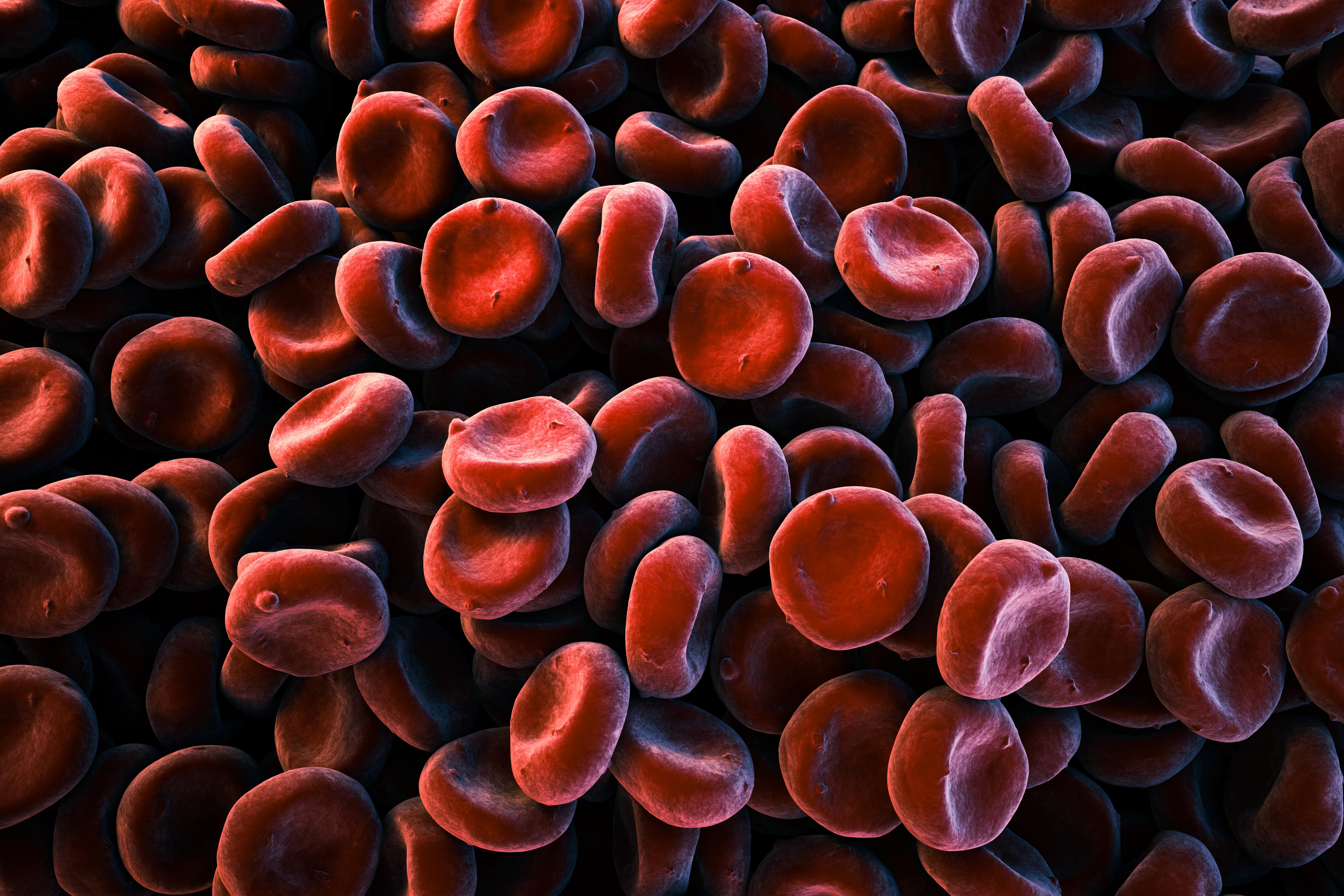World Haemophilia Day: 9 fascinating things you didn’t know about blood
Did you know not all blood is red? Katie Wright finds out more.

Your support helps us to tell the story
From reproductive rights to climate change to Big Tech, The Independent is on the ground when the story is developing. Whether it's investigating the financials of Elon Musk's pro-Trump PAC or producing our latest documentary, 'The A Word', which shines a light on the American women fighting for reproductive rights, we know how important it is to parse out the facts from the messaging.
At such a critical moment in US history, we need reporters on the ground. Your donation allows us to keep sending journalists to speak to both sides of the story.
The Independent is trusted by Americans across the entire political spectrum. And unlike many other quality news outlets, we choose not to lock Americans out of our reporting and analysis with paywalls. We believe quality journalism should be available to everyone, paid for by those who can afford it.
Your support makes all the difference.It’s coursing through your veins right now, delivering oxygen where it’s needed and transporting carbon dioxide away, ready to be removed from your body. Blood is vital for life, which is why conditions like haemophilia – which affects the body’s ability to form clots – are so serious.
But have you ever wondered where blood types come from? Or how it’s possible for the life-giving liquid to be transferred from one human to another?
To mark World Haemophilia Day on April 17, test yourself on these interesting facts about blood…
1. Not all blood is red
We may talk about the upper echelons of society being ‘blue blooded’, but in the animal kingdom that’s literally the case for some species. Spiders lobsters, octopus and crabs have blue blood because it contains a protein called haemocyanin.
2. It’s mostly made of water
Blood is made up of several different components. The most common (around 55%) is plasma, a mixture of water, sugar, fat, protein and salts. The red colour comes from erythrocytes or red blood cells (about 40%), while white blood cells, which fight infection, make up 1%. The final component is platelets, which help blood to clot.
3. There are eight blood types
There are four main blood groups: A, B, O and AB, which stand for certain antibodies found on red blood cells. Each group is either positive or negative, making up the eight blood types.
4. Receiving the wrong blood type can be life threatening
When a person receives a blood transfusion it’s important their blood type is matched safely, because certain types are not compatible. If they get the wrong type, their immune system can overcompensate and attack the new blood cells.
5. Blood types are very important in some cultures
In Japan, a person’s blood type is said to influence their personality. Those with type A are believed to be highly-organised and sensitive. Type B’s are outgoing and honest. Type Os tend to be optimistic and eccentric, while rare type ABs with their dual nature are considered complex and sometimes two-faced.
6. Mosquitoes prefer certain blood types
Do you end up covered in itchy mosquito bites whenever you travel somewhere tropical? It might mean you’ve got type O blood, as research shows the pesky insects generally find type O the most attractive, followed by type A.
7. You can donate 470ml of blood at a time
If you’re eligible to give blood, a donation of 470ml will be taken, which equates to around 8% of an adult’s blood volume. The body replaces this volume within around 48 hours, but it takes longer to replenish red blood cells, which is why men can donate every 12 weeks and women every 16 weeks.
8. Some people are scared of blood
Can’t stand the sight of blood? Feel like fainting at the mere mention of a nosebleed? You may be suffering from haemophobia (or haemotophobia). It’s thought to stem from childhood trauma related to blood.
9. It’s liquid gold
Not only is blood vital for staying alive, it’s valuable for another reason – it contains around 0.2 milligrams of gold. Why is this precious metal found in the human body? It’s thought to play a role in joint function and the transmitting of electrical signals throughout the body.
You can still donate blood during the pandemic. Visit blood.co.uk and giveblood.ie to find your nearest donation centre.